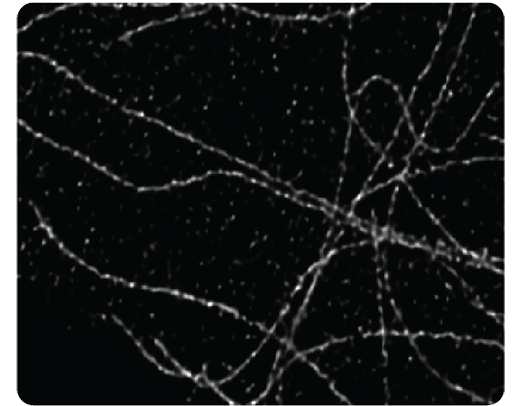
Over the last ten years, thousands of papers have been published employing FPs to label cells or intracellular components. The discovery of the original green fluorescent protein (GFP) from the jellyfish Aequorea victoria, the realization that GFP could be used to label cells and proteins, and subsequent development of an entire color palette of fluorescent proteins (FPs) from different organisms have revolutionized cell biology ( Chalfie et al., 1994 Shaner et al., 2005 Shimomura et al., 1962 Tsien, 1998 Zimmer, 2009). We also give guidelines how other imaging techniques such as total internal reflection (TIRF) microscopy or spatially controlled photoactivation can be coupled with SDC imaging, and provide a short protocol on how to generate cell lines stably expressing fluorescently tagged proteins by lentivirus-mediated transduction. In this chapter we describe important components of a state-of-the-art spinning disk system optimized for live cell microscopy, and provide a rationale for specific design choices.

In an SDC system, a rapidly rotating pinhole disk generates thousands of points of light that scan the specimen simultaneously, which allows direct capture of the confocal image with low noise scientific grade cooled charged-coupled device (CCD) cameras, and can achieve frame rates of up 1000 frames per second.

Spinning disk confocal microscopy (SDC) is a high speed optical sectioning technique, and a method of choice to observe and analyze intracellular fluorescent protein dynamics at high spatial and temporal resolution. The palette of fluorescent proteins has grown exponentially over the last decade, and as a result live imaging of cells expressing fluorescently tagged proteins is becoming more and more main stream.


 0 kommentar(er)
0 kommentar(er)
